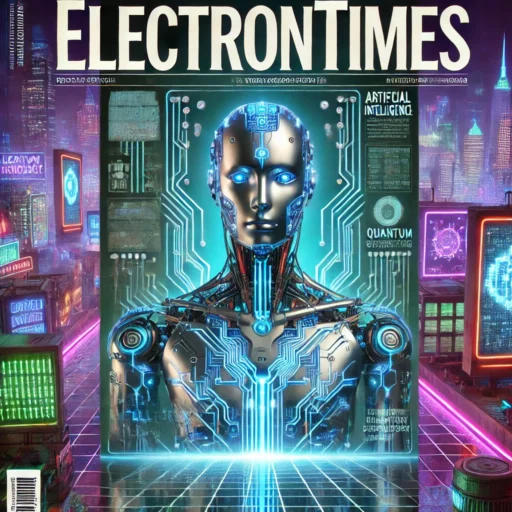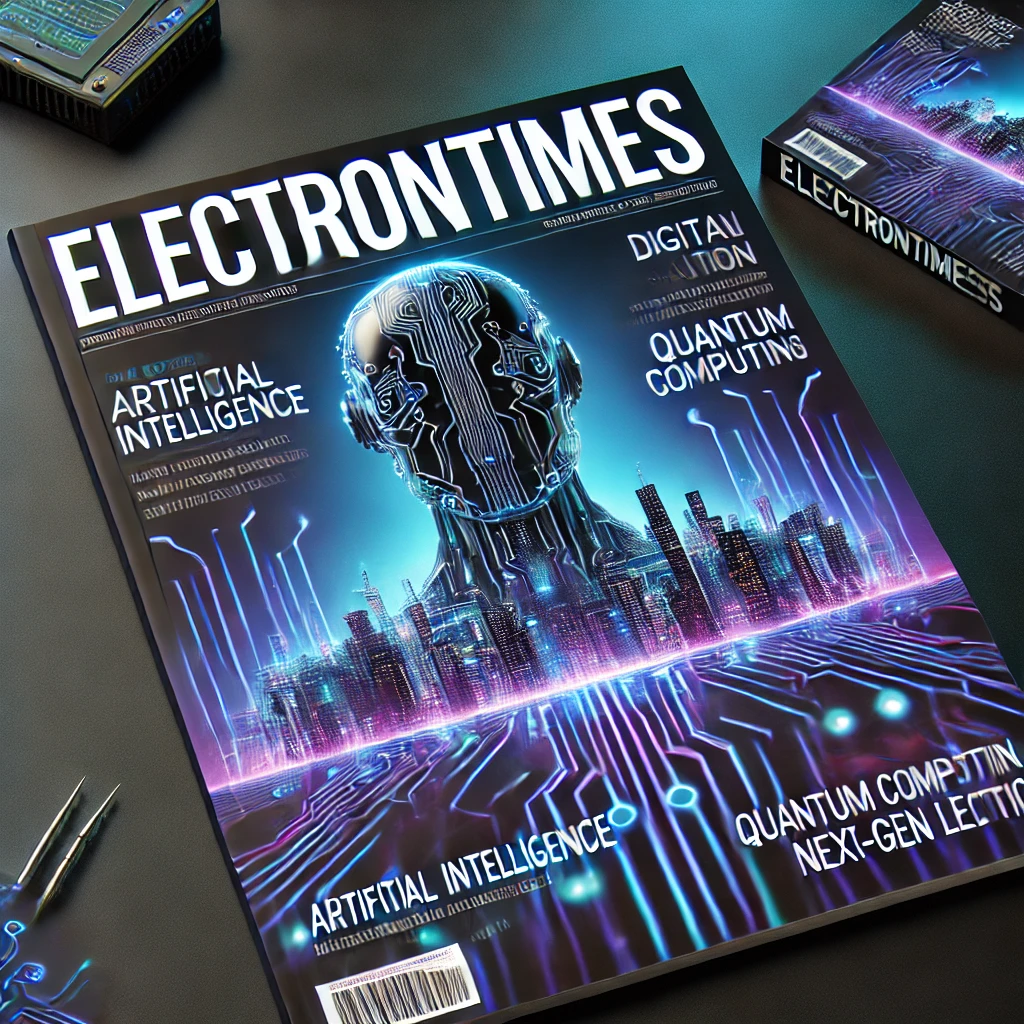Key advancements in LED technology over the past decade have significantly improved product performance, efficiency, and versatility. These innovations have driven the widespread adoption of LED lighting in both commercial and residential settings. Below are some of the key advancements:
1. Improved Luminous Efficacy
- Higher Lumens per Watt: One of the most important advancements in LED technology has been the increase in luminous efficacy (lumens per watt). Modern LEDs now deliver significantly more light with less power. This means that for the same energy input, LEDs produce brighter light while using less electricity, resulting in enhanced energy efficiency and cost savings.
- Energy Savings: As LEDs become more efficient, the need for high-wattage lights decreases, lowering electricity consumption and reducing the carbon footprint of lighting systems.
2. Enhanced Heat Management
- Better Heat Dissipation Materials: Early LED products faced challenges related to heat buildup, which could reduce lifespan and performance. However, advancements in heat sink materials, such as improved aluminum alloys and graphite, have helped manage heat dissipation more effectively.
- Thermal Management: Modern LEDs incorporate superior heat management technologies, including active cooling systems and better heat sink designs, which help extend the lifespan of the bulbs and maintain optimal performance in both high- and low-temperature environments.
3. Tunable and Adjustable Color Temperature
- Dynamic White LEDs: LEDs with adjustable color temperatures (CCT) are becoming more common. These products allow users to change the color temperature of the light, from warm white (2700K) to cool white (5000K or higher), depending on the time of day or the specific requirements of the space.
- Human-Centric Lighting: Some LEDs now incorporate tunable white light technology, which adjusts the color temperature throughout the day to mimic natural sunlight. This type of lighting, often used in offices and healthcare settings, can improve comfort, focus, and productivity by aligning with circadian rhythms.
4. Smart Lighting Capabilities
- Integration with IoT: Smart LEDs that integrate with the Internet of Things (IoT) have revolutionized how lighting is controlled. These LEDs can be connected to smart home systems, allowing users to control brightness, color, and even turn lights on or off remotely via smartphone apps, voice commands, or automation schedules.
- Sensor Integration: Many modern LED products include integrated motion sensors, daylight sensors, and presence detectors. These sensors allow the lights to automatically adjust based on room occupancy or the amount of natural light available, further optimizing energy use and reducing electricity costs.
5. Longer Lifespan and Durability
- Improved Chip Technology: Advancements in LED chip technology have led to products with significantly longer lifespans. Some modern LEDs can last up to 50,000 hours or more, reducing the need for frequent replacements and minimizing maintenance costs.
- Increased Reliability: Manufacturers have focused on making LEDs more reliable in harsh conditions, such as extreme temperatures, high humidity, and environments with frequent switching. This increased durability has made LEDs suitable for a wider range of commercial and industrial applications.
6. Miniaturization and Form Factor Innovation
- Smaller, More Versatile LEDs: Advances in LED packaging and materials have allowed for the development of smaller, more compact LEDs. This miniaturization has led to more flexible and creative applications, such as in narrow spaces, vehicle lighting, and portable devices.
- Flexible and Organic LEDs (OLEDs): Flexible LEDs, including OLEDs (Organic Light Emitting Diodes), have become more common, allowing for the creation of curved or bendable light panels. These have been used in cutting-edge designs for lighting fixtures, displays, and automotive lighting, providing a new level of design versatility.
7. Improved Color Rendering and Color Quality
- High CRI LEDs: Advances in LED phosphor technology have led to products with a higher Color Rendering Index (CRI), which means the light better mimics natural sunlight. This is especially important in applications where accurate color representation is crucial, such as in retail stores, art galleries, photography studios, and healthcare environments.
- Full Spectrum LEDs: Full-spectrum LEDs that offer a broad range of colors have become more advanced. These LEDs more closely mimic natural sunlight, providing better visual comfort and making them ideal for environments where natural lighting is desired.
8. Energy Harvesting and Solar Integration
- Solar-Powered LEDs: With improvements in both solar panel technology and LED efficiency, solar-powered LEDs are becoming more popular. These systems can be used for outdoor lighting applications, such as streetlights, garden lights, and signage, without relying on grid power, making them more sustainable and cost-effective in areas without reliable electricity access.
9. Advanced Dimming Technology
- Flicker-Free Dimming: LED dimming has evolved significantly to address issues such as flickering and buzzing, which were common with earlier models. Newer LEDs support smooth, flicker-free dimming across a wide range of brightness levels. This improves user experience and is important in environments like offices, theaters, or sensitive areas such as hospitals.
- Compatibility with Dimming Systems: Modern LEDs are now compatible with a wide range of dimming systems, including traditional 0-10V dimming, DALI (Digital Addressable Lighting Interface), and newer wireless dimming technologies, providing greater flexibility in commercial and residential lighting designs.
10. Higher Power LEDs for Industrial Applications
- High-Power LEDs: Advances in LED technology have led to the development of high-power LEDs suitable for industrial and outdoor applications. These high-power LEDs are capable of delivering brighter light for larger spaces such as warehouses, factories, stadiums, and streetlights while maintaining efficiency and durability.
11. Cost Reduction and Mass Production
- Cost-Effective Manufacturing: Improvements in manufacturing processes and the widespread adoption of LED technology have significantly reduced the cost of LED products. The economies of scale resulting from large-scale production have made LEDs more affordable, helping to drive their widespread adoption in both residential and commercial markets.
- Lower Initial Investment: As the cost of LEDs continues to decrease, more businesses and homeowners are adopting LED lighting as their primary choice. The combination of reduced initial investment and long-term energy savings makes LEDs an attractive option for many applications.
12. Environmental Sustainability
- Lower Environmental Impact: As LEDs become more energy-efficient, their environmental impact continues to decrease. LEDs use less electricity, last longer, and contain no toxic materials like mercury, which is found in some other lighting technologies (e.g., fluorescent bulbs). Additionally, the recyclability of LEDs contributes to their overall sustainability.
Conclusion
The continuous advancements in LED technology have not only made LEDs more energy-efficient, durable, and versatile, but also opened up new possibilities for innovation in lighting design and application. From improved luminous efficacy and enhanced color quality to integration with smart technologies and sustainable manufacturing practices, LEDs have become the go-to choice for both residential and commercial lighting. These innovations not only help businesses and consumers save on energy costs but also contribute to the broader goal of reducing carbon footprints and enhancing environmental sustainability.
Hashtags
#BrighterLEDs #HighBrightnessLEDs #LEDsWithSuperiorBrightness #EnhancedLightOutput #UltraBrightLEDs #ImprovedLEDLumens #PowerfulLEDLighting #LEDsWithGreaterBrightness #IncreasedLEDLumens #BrightLightingWithLEDs #EnergyEfficientLEDs #LowPowerLEDLighting #LEDsForEnergySavings #LEDsConsumeLessEnergy #HighEfficiencyLEDs #LEDLightingWithLessPower #EnergySavingLightingSolutions #LEDsForLowerEnergyBills #SustainableLEDLighting #EnergySavingLEDTechnology #LongLastingLEDs #DurableLEDLighting #ExtendedLEDLifespan #ReliableLEDTechnology #LEDsWithLongLife #HighDurabilityLEDs #LEDsForLongTermUse #LEDsThatLast #LowMaintenanceLEDLighting #LEDLongevity #ImprovedColorQuality #BetterColorWithLEDs














